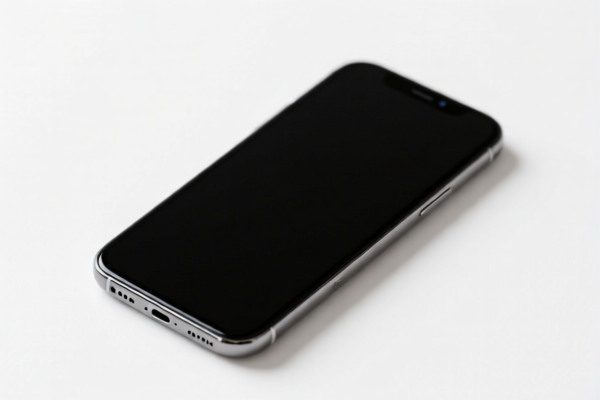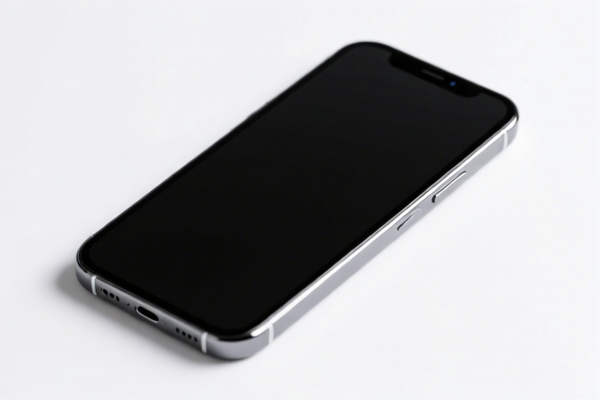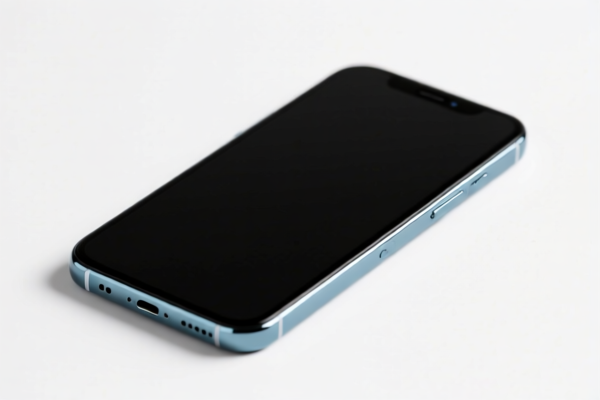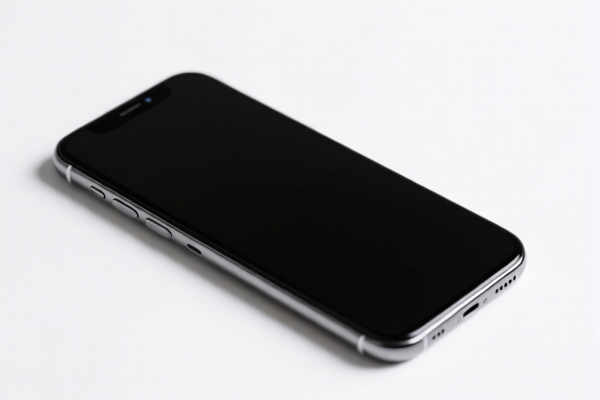| HS Code | Official Doc | Tariff Rate | Origin | Destination | Effective Date |
|---|---|---|---|---|---|
| 8517130000 | Doc | 20.0% | CN | US | 2025-05-12 |
| 8543708800 | Doc | 30.0% | CN | US | 2025-05-12 |
| 8543906500 | Doc | 55.0% | CN | US | 2025-05-12 |




Smartphones
Smartphones are portable computing devices that combine mobile phone capabilities with the functionalities of a computer. They typically feature a touchscreen interface, internet connectivity, and an extensive range of applications.
Materials
Smartphones are constructed from a variety of materials, including:
- Glass: Used for the display screen (often strengthened glass like Corning Gorilla Glass) and sometimes the rear panel.
- Aluminum: Commonly used for the frame and structural components due to its lightweight and strength.
- Stainless Steel: Employed in premium models for increased durability and a more refined aesthetic.
- Plastics: Utilized for internal components, antenna housings, and occasionally the exterior casing.
- Silicon: The primary material for the central processing unit (CPU), graphics processing unit (GPU), and memory chips.
- Lithium-ion Batteries: Provide power to the device.
- Rare Earth Elements: Used in speakers, microphones, and vibration motors.
Purpose
The primary purposes of smartphones are:
- Communication: Making phone calls, sending text messages, and video conferencing.
- Information Access: Browsing the internet, accessing email, and utilizing various applications.
- Entertainment: Playing games, streaming music and video, and taking photos and videos.
- Productivity: Managing calendars, contacts, and documents, and utilizing productivity applications.
- Navigation: Utilizing GPS for location tracking and map-based applications.
Function
Smartphones function through a combination of hardware and software components:
- Operating System (OS): Manages the device's resources and provides a platform for applications (e.g., Android, iOS).
- Central Processing Unit (CPU): Executes instructions and performs calculations.
- Graphics Processing Unit (GPU): Handles graphics rendering and visual processing.
- Memory (RAM): Stores data for active applications.
- Storage (ROM/Flash Memory): Stores the operating system, applications, and user data.
- Display: Presents visual information to the user.
- Touchscreen: Enables user interaction with the device.
- Connectivity: Facilitates communication with networks and other devices (Wi-Fi, Bluetooth, Cellular).
- Sensors: Collect data about the device's environment and user interactions (accelerometer, gyroscope, proximity sensor, ambient light sensor).
- Camera: Captures photos and videos.
Usage Scenarios
Smartphones are utilized in a wide range of scenarios, including:
- Personal Communication: Staying in touch with friends and family.
- Business and Work: Managing emails, schedules, and projects.
- Education: Accessing online resources, taking notes, and conducting research.
- Travel: Navigation, translation, and booking accommodations.
- Entertainment: Streaming media, playing games, and social networking.
- Healthcare: Monitoring fitness, tracking health data, and accessing medical information.
- Financial Transactions: Mobile banking and payments.
Common Types
- Flagship Smartphones: High-end devices with the latest features and specifications. (e.g., Samsung Galaxy S series, Apple iPhone Pro series, Google Pixel series)
- Mid-Range Smartphones: Offer a balance of features and affordability. (e.g., Samsung Galaxy A series, Google Pixel A series, Xiaomi Redmi Note series)
- Budget Smartphones: Entry-level devices with basic functionalities at a low price point.
- Foldable Smartphones: Feature flexible displays that can be folded or unfolded. (e.g., Samsung Galaxy Z Fold, Samsung Galaxy Z Flip)
- Gaming Smartphones: Optimized for mobile gaming with powerful processors, high refresh rate displays, and advanced cooling systems.
- Rugged Smartphones: Designed for durability and resistance to harsh environments.
Smartphones are telephone sets designed for cellular networks or other wireless networks, functioning as portable communication and computing devices. They typically incorporate features such as internet access, multimedia capabilities, and application support.
The following HS codes are relevant:
- 8517130000: This code specifically covers telephone sets, including smartphones.
- 85: Electrical machines and apparatus; parts thereof. This chapter broadly encompasses electrical equipment.
- 17: Telephone sets, including those with answering machines or message recording devices.
- 13: Telephone sets, including smartphones.
- 00: Further specifies the classification, indicating a general categorization within smartphones.
- Tax Rate Details: The base tariff is 0.0%, with a supplementary tariff of 0.0%. However, a supplementary tariff of 20.0% will be applied after April 2, 2025.
- Total Tax Rate: Currently 0.0%, increasing to 20.0% after April 2, 2025.
Customer Reviews
No reviews yet.